Reducing Swelling and Bruising Post Tummy Tuck: What Should I Do?
Body Plastic Surgery
hile a tummy tuck can provide a flatter and more toned abdomen, it is important to understand that its recovery process can be challenging. Two common side effects of a tummy tuck are swelling and bruising, which can be alarming for patients who are not familiar with the recovery process.
Swelling and bruising are normal after a tummy tuck and are part of the body's natural healing process. However, it is important to understand the causes of tummy tuck side effects, how long they typically last, and what steps you can take to manage them. This article will discuss everything you need to know about swelling and bruising after a tummy tuck, including what to expect during recovery, how to manage discomfort, and when to seek medical attention.
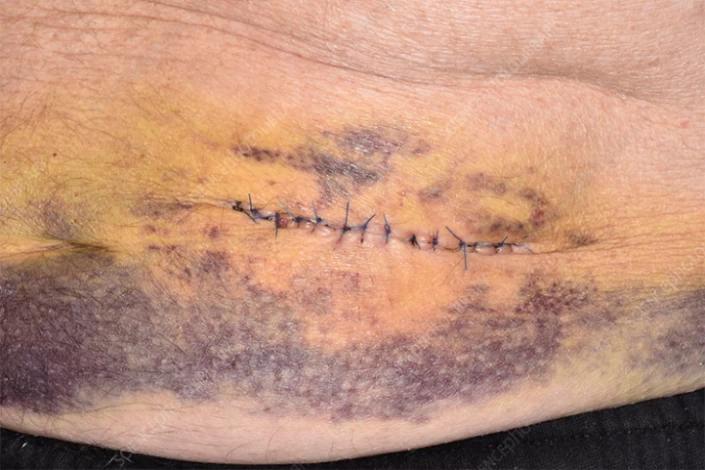
What Are the Stages of Swelling After a Tummy Tuck?
During abdominoplasty, the surgery disrupts the blood and lymphatic vessels responsible for draining fluids, temporarily challenging the body to eliminate fluid buildup. This, coupled with inflammation from the incision, results in swelling. In the initial days post-surgery, discomfort and swelling peaks are expected. Pain management medication is prescribed, but it may contribute to constipation, potentially prolonging swelling and bloating.
In the first weeks after the procedure, swelling may vary throughout the day, increasing with prolonged standing and subsiding after rest. Additionally, as scar tissue forms, swelling may briefly intensify before gradually decreasing as the scar tissue matures. Swelling noticeably diminishes between six to twelve months post-surgery, though complete resolution may take up to eighteen months in some cases.
How to Reduce Swelling and Bruising After a Tummy Tuck?
Here are some tips to reduce swelling and bruising after a tummy tuck:
- Use cold compresses
- Elevate your leg
- Wear compression garments
- Avoid strenuous activities
- Eat a balanced diet
- Avoid smoking and alcohol
- Massage the area
- Do not wear tight belts
- Take anti-inflammatory medications
- Keep Incisions Clean
- Do light activities
- Maintain your drainage tubes
- Follow post-operative care instructions
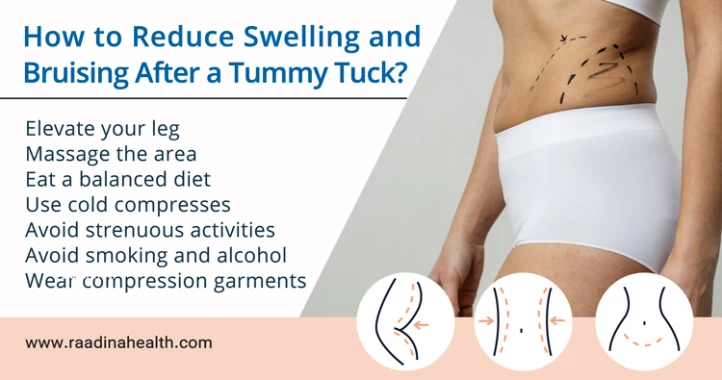
Use cold compresses
Apply cold compresses or ice packs to the treated area for 20 minutes at a time, several times a day for the first few days. This will help reduce swelling and numb the surgical area, relieving pain.
Elevate your leg
While resting, keep your torso elevated on pillows or a reclining chair to promote better circulation and reduce swelling. Avoid lying flat, as this may increase swelling.
Wear compression garments
Your surgeon may recommend wearing compression garments to support the surgical area and minimize swelling. Follow the instructions on when and how to wear them.
Avoid strenuous activities
Avoid strenuous activities and minimize movements that may strain the abdominal muscles. Follow your surgeon's instructions regarding when you can gradually return to normal activities.
Eat a balanced diet
Consume a healthy, balanced diet to promote healing and reduce inflammation. Include foods rich in vitamins, minerals, and antioxidants, such as fruits, vegetables, lean proteins, and whole grains.
Avoid smoking and alcohol
Smoking and excessive alcohol consumption can delay the healing process and increase the risk of complications. It is best to avoid these substances during the recovery period.
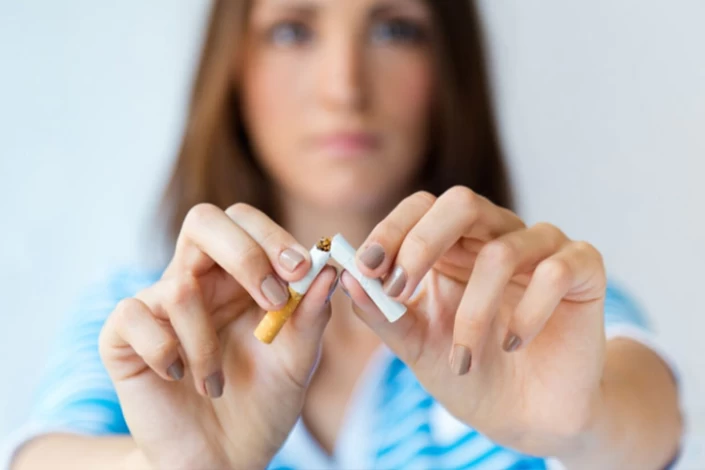
Massage the area
As your surgeon advises, massaging the treated area can help promote blood circulation and reduce swelling. However, ensure you perform the massages correctly and do not apply excessive pressure.
Do not wear tight belts
Wearing tight belts should be avoided, as excessive pressure can impede the movement of fluids in the abdominal area.
Take anti-inflammatory medications
Certain medications can be taken to reduce inflammation and swelling, but only under a doctor's prescription.
Keep Incisions Clean
Before your tummy tuck, the surgeon will instruct you on caring for your wounds and cleaning the incision areas. This precautionary measure helps minimize the chances of infection, which can lead to swelling and delay the healing process.
Do light activities
Strenuous activities can disrupt your body's healing process. However, engaging in some light movement around your home is crucial. Gentle exercise can enhance blood flow and circulation in your body. Consider taking a short walk indoors for a few minutes. Refrain from any activities that may exert pressure on your incisions.
Maintain your drainage tubes
After your surgery, your surgeon may suggest using drainage tubes to prevent fluid buildup in your body. It's advisable to keep these tubes for a minimum of two days. Remember to follow the instructions on how to empty the drainage tubes.
Follow post-operative care instructions
Adhere to the instructions provided by your surgeon, including any medication prescribed to manage pain and swelling. Take the medication as directed, and do not miss any doses.
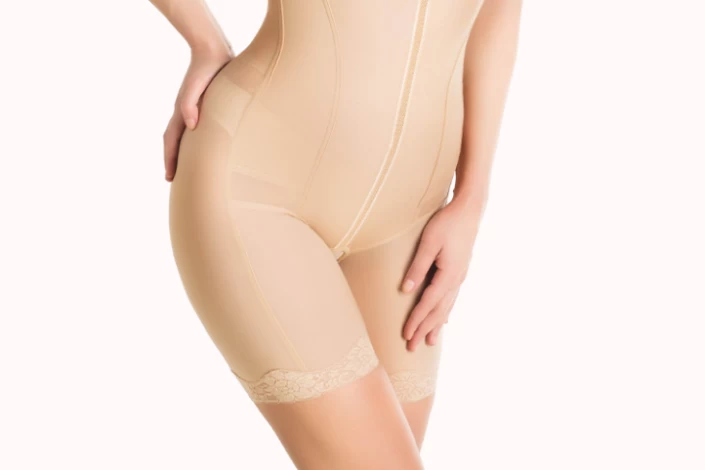
What to Expect During a Tummy Tuck Recovery?
Following the tummy tuck procedure, patients can expect discomfort, swelling, and bruising in the abdominal area. The surgeon can prescribe pain medication to manage any post-operative pain. Following the surgeon's instructions for wound care is crucial, which may involve using drainage tubes or compression garments to reduce swelling and promote healing.
During the initial recovery period, taking ample rest and avoiding strenuous physical activities is advised. Patients are typically advised to take at least a week off from work to allow for proper healing. Activities involving bending, lifting, or straining should be avoided for several weeks to avoid complications or delayed healing. While the tummy tuck recovery process can vary depending on the individual, most patients can expect to fully recover within six to eight weeks, with visible improvements becoming more apparent as the swelling subsides.
To ensure the smoothest recovery, a support system is essential. Having someone to assist with daily activities, such as household chores and childcare, can be highly beneficial during the initial recovery phase. Maintaining a healthy and balanced diet, staying hydrated, and avoiding smoking are crucial, as these factors can influence healing. By following the surgeon's recommendations and allowing the body ample time to heal, patients can maximize their tummy tuck results and achieve a flatter, more toned abdomen.

How Long Does Swelling and Bruising Last After a Tummy Tuck?
The timeline for swelling and bruising after a tummy tuck can vary from person to person. However, the stages of swelling and bruising after a tummy tuck surgery can be:
Initial Swelling (Immediate - 5 days)
Immediately following the tummy tuck surgery, you will experience initial swelling in the abdominal area. This is a normal response to the trauma caused by the procedure. The swelling will likely be the most severe within the first few days after surgery and may extend to the flanks, hips, and pubic area.
Peak Swelling (1 - 2 weeks)
Swelling tends to peak around the first or second week after the surgery. This is when you may experience the most visible and uncomfortable swelling. The area may feel tight and firm, making movements and bending difficult. You may also notice significant bruising at this stage.
Subsiding Swelling (2 - 6 weeks)
Over the next few weeks, the swelling should gradually reduce. The tissues will start to settle, and the swelling will decrease, allowing you to move more comfortably. However, it's important to remember that everyone's healing timeline is unique, and some individuals may experience swelling for longer.
Residual Swelling (6 - 12 months)
Some residual swelling may persist for several months following a tummy tuck. However, it should gradually diminish. This residual swelling is usually not visible to others but may be noticed when examining the area.
Resolution of Swelling (1 year after tummy tuck)
By the end of the first year, most of the swelling should have subsided, and the final results of the tummy tuck should be evident. However, consulting with your surgeon throughout recovery is essential to ensure proper healing and address concerns.
Everyone's healing process differs; some patients may experience prolonged swelling and bruising. However, following your surgeon's post-operative instructions, including wearing compression garments and avoiding strenuous activities, can help reduce swelling and promote healing.
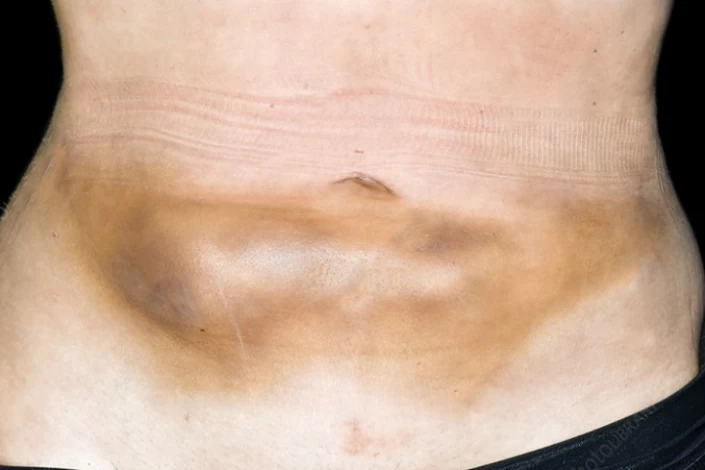
Why Does Swelling and Bruising Happen After Tummy Tuck?
Swelling and bruising are common side effects after a tummy tuck surgery because the procedure involves making incisions in the abdominal area and manipulating the tissues underneath. During the surgery, the surgeon will remove excess skin and fat, tighten the abdominal muscles, and reposition the remaining tissues to create a more toned and contoured appearance. This manipulation of the tissues can cause trauma to the blood vessels, which can result in bleeding and swelling.
The body's natural response to trauma is to send blood and fluids to the affected area to promote healing. This process can cause swelling and bruising, which can be uncomfortable and unsightly. The extent of swelling and bruising can vary depending on the individual's anatomy, the extent of the surgery, and their overall health. However, most patients will experience swelling and bruising after a tummy tuck.
When to Worry About Swelling After Tummy Tuck?
Swelling after tummy tuck surgery is a normal part of the recovery process following the procedure. However, there are sure warning signs after a tummy tuck that may indicate a problem, such as:
- The swelling continues to increase rather than decrease over time;
- The swelling is accompanied by severe pain or discomfort;
- The swelling is accompanied by redness, warmth, or excessive bruising;
- The swelling is disproportionately asymmetrical or affects only one side;
- You experience fever or other signs of infection.
Suppose you are concerned about the extent or duration of the swelling after your tummy tuck surgery. In that case, it is always best to consult with your surgeon, as they can provide you with the most accurate guidance and address any potential issues.
Why to Perform Tummy Tuck in Iran?
Iran's reputation for high-quality medical care at lower costs has made it a popular destination for those seeking tummy tuck surgery. With skilled surgeons, modern facilities, and personalized attention, Iran offers a compelling alternative to more expensive options.
The cost of tummy tuck surgery is significantly less expensive in Iran compared to many other countries, ranging from $2,500 to $4,500.
The Bottom Line - Is a Tummy Tuck Worth It?
A tummy tuck can provide significant physical benefits, such as a flatter and firmer abdomen, excess skin and fat removal, and improved muscle tone. If you have struggled with loose skin and stretched muscles due to pregnancy or weight loss, a tummy tuck may help you achieve the body contour you desire. In addition to the aesthetic benefits, abdominoplasty surgery can prove advantageous for individuals experiencing associated health problems like back pain.
FAQs
1) How long will I need compression garments after a tummy tuck?
The time you will need to wear compression garments after a tummy tuck can vary depending on your surgeon's recommendations and your healing process. Generally, most patients are advised to wear compression garments for 4-6 weeks after the surgery to help reduce swelling, support the area, and promote proper healing.
2) Why is my stomach hard after the tummy tuck?
It's common for the stomach to feel hard after a tummy tuck due to the swelling and tissue trauma that occur during the procedure. The body's natural response to surgery is to initiate the healing process, which includes inflammation and swelling in the treated area. This can cause the abdomen to feel firm or hard to the touch.
3) Can I take ibuprofen to reduce tummy tuck swelling?
It's generally not recommended to take ibuprofen or other nonsteroidal anti-inflammatory drugs (NSAIDs) immediately after a tummy tuck. This is because NSAIDs can increase the risk of bleeding and interfere with the body's natural healing process. Your surgeon will likely prescribe pain medications that are safe and appropriate for your recovery. These may include acetaminophen or other pain relievers that do not have the same potential for increasing bleeding risk as NSAIDs.
4) Is bruising and swelling normal after abdominoplasty?
Yes, bruising and swelling are common side effects following an abdominoplasty, also known as a tummy tuck. These symptoms are a natural part of the body's healing process after surgery.
5) How to get rid of a hematoma after a tummy tuck?
If you develop a hematoma after a tummy tuck surgery, it's important to contact your surgeon immediately. They will assess the severity of the hematoma and may need to drain the blood collection using a needle or small incision.
6) How much bruising is normal after a tummy tuck?
The amount of bruising following a tummy tuck can vary depending on several factors, including the patient's anatomy, the surgical technique used, and the body's natural healing capacity. However, the bruising can range from mild to moderate and may be more noticeable during the first few weeks after surgery.
7) Does walking reduce swelling after abdominoplasty?
Certainly, gentle walking during the initial weeks can aid in reducing swelling and enhancing circulation. Nevertheless, you should consult your doctor regarding the appropriate amount of walking deemed safe for you.
 WhatsApp
WhatsApp
 Telegram
Telegram
 Facebook
Facebook
 Email
Email


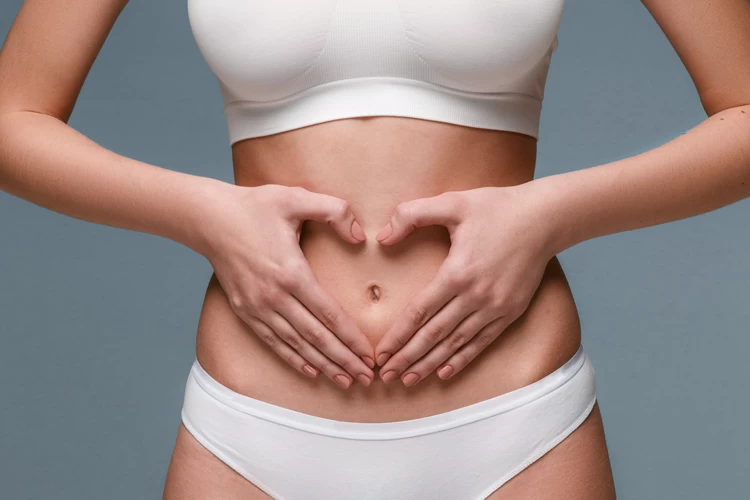
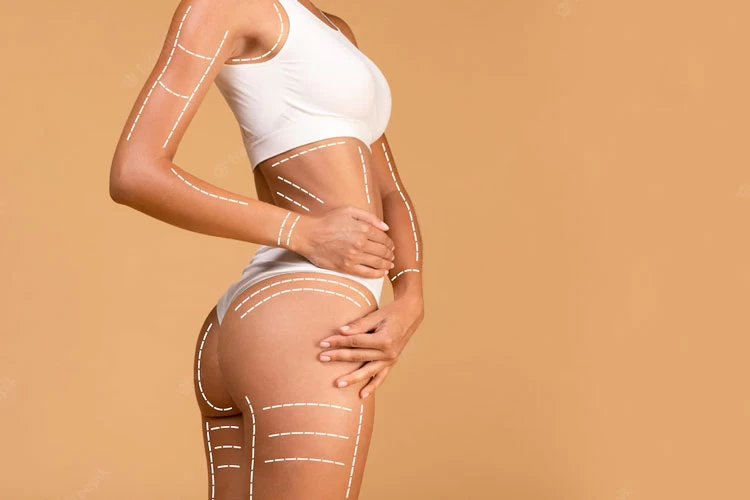


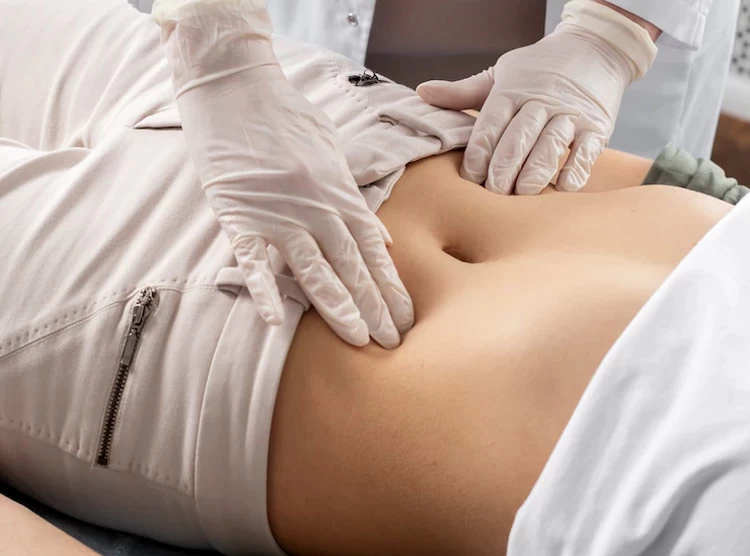

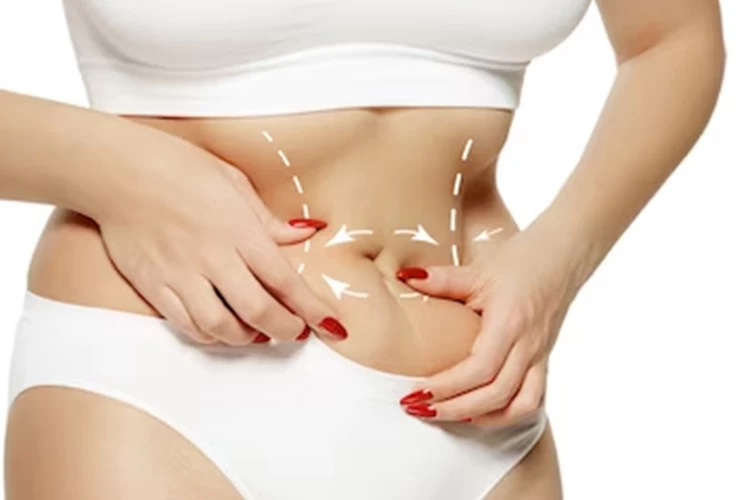

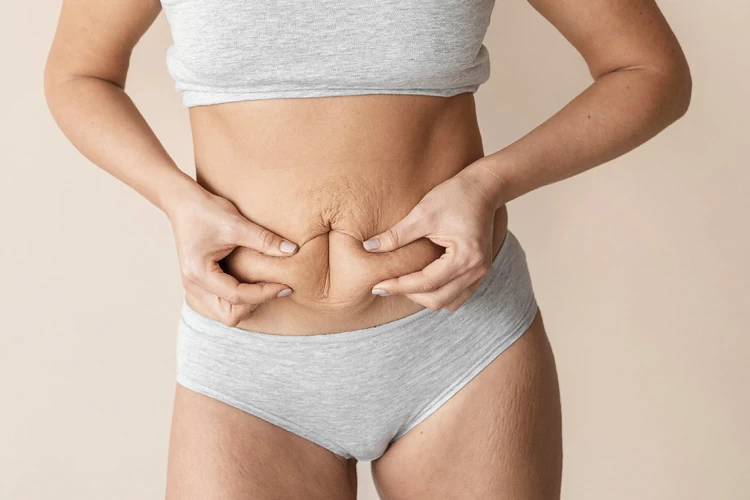
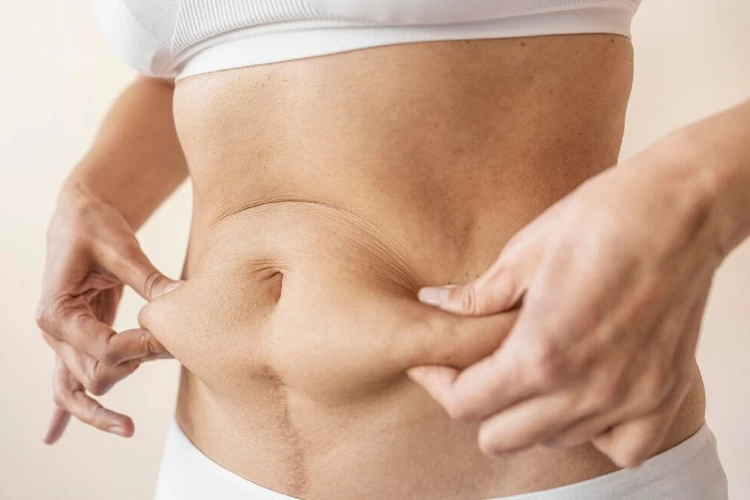

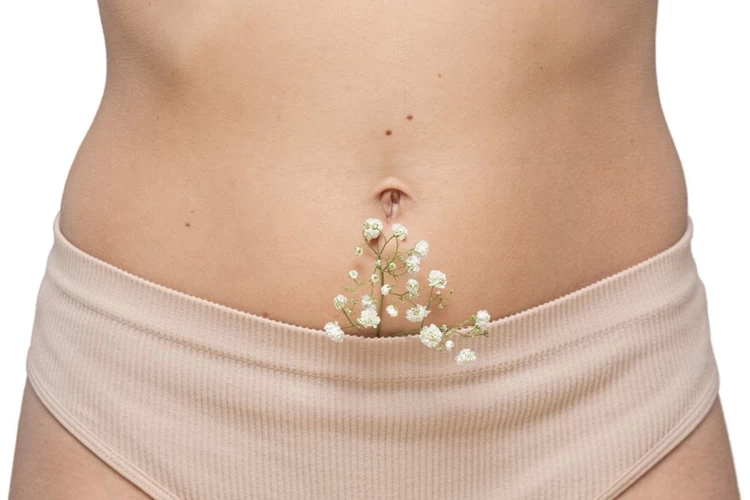
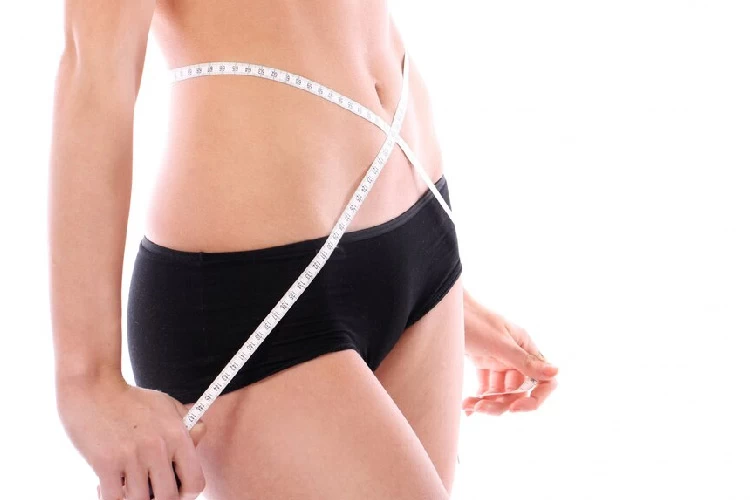

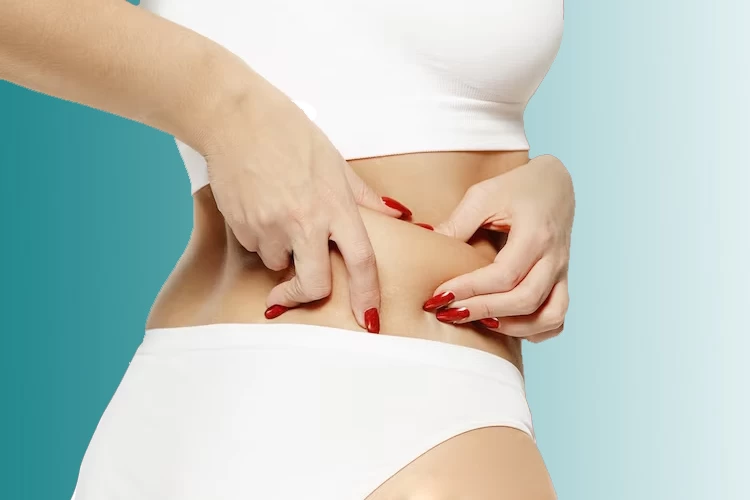
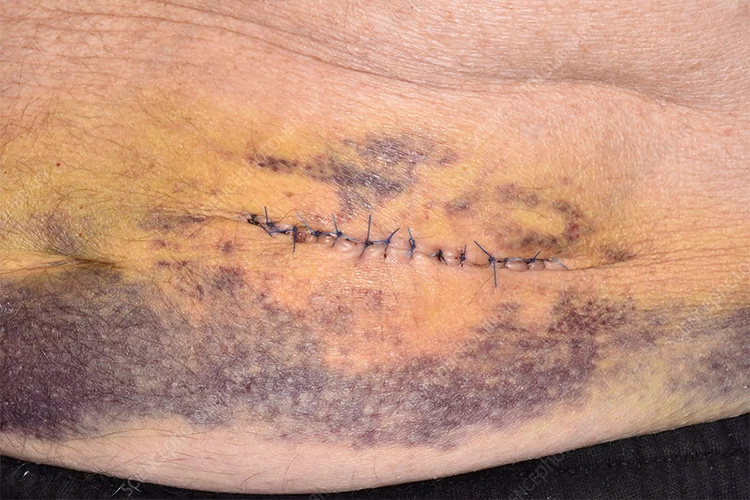
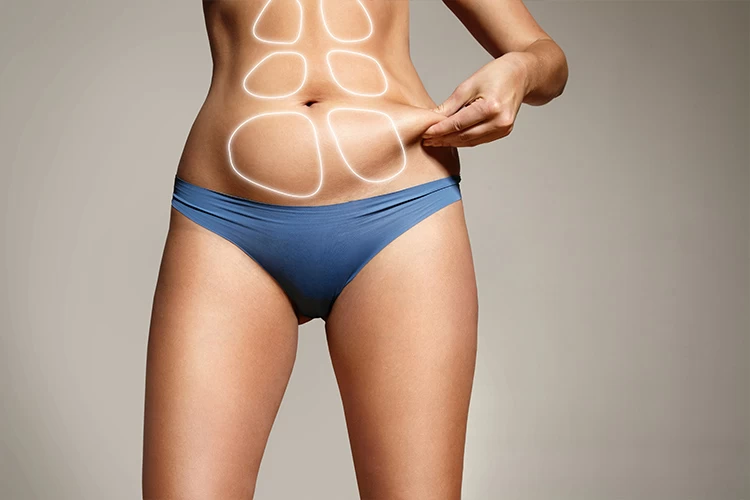
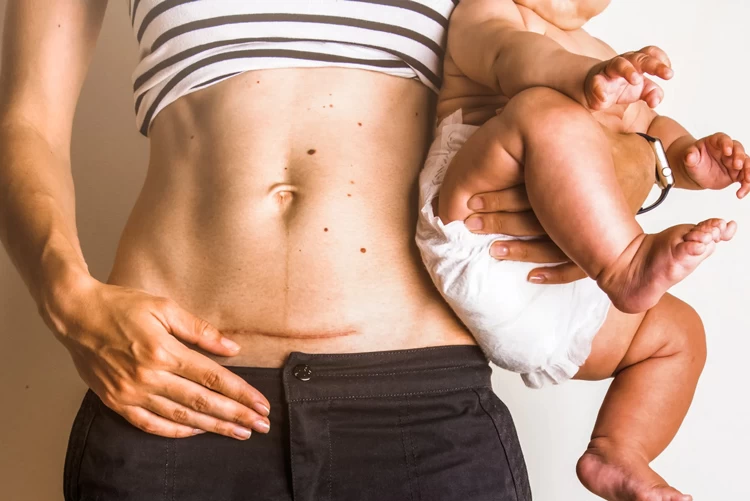

No reviews
Your comment